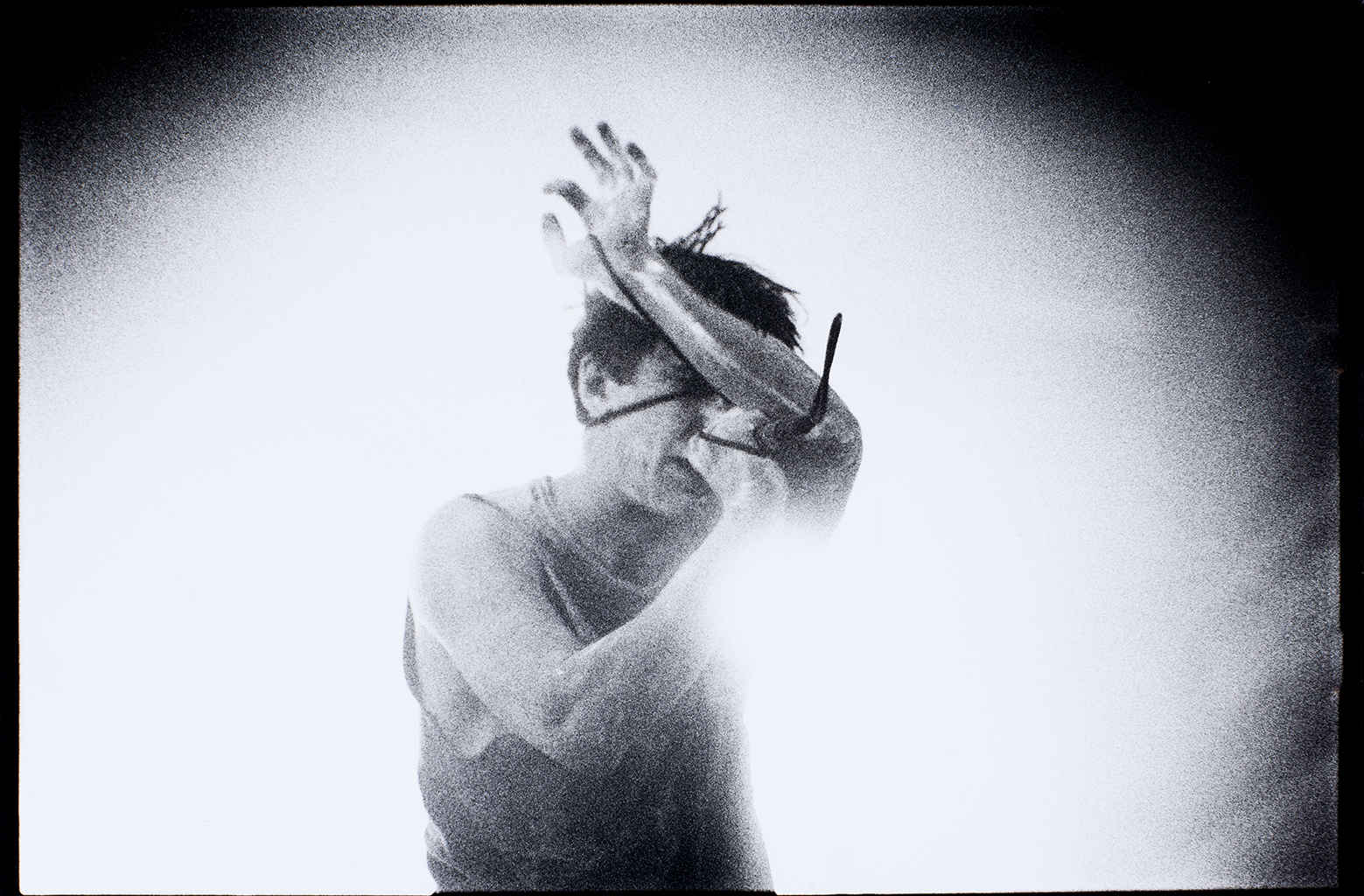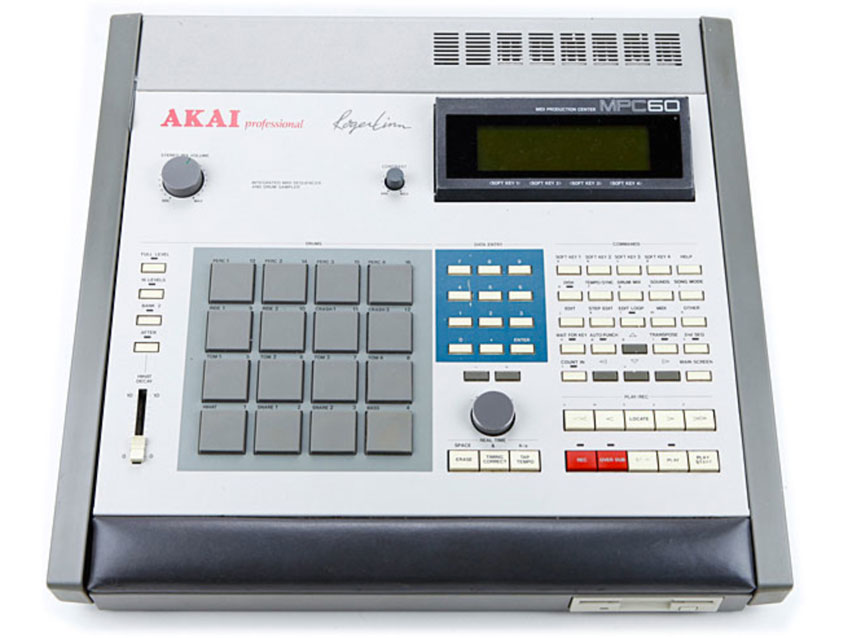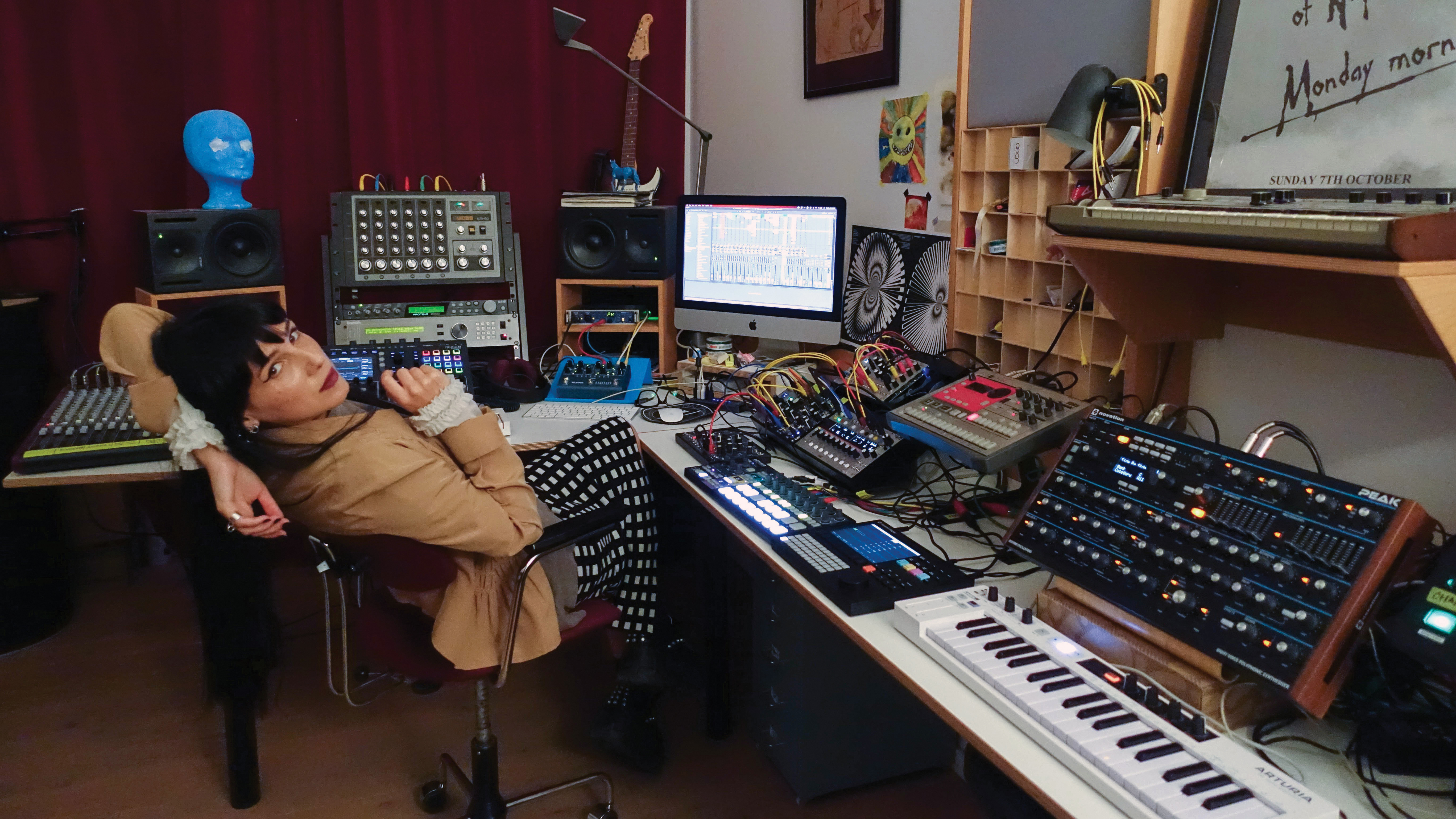“The house didn’t feel terrifying so much as sad… but that could just be my own insanity”: How Nine Inch Nails recorded a Platinum-selling album at a murder scene
A macabre masterpiece recorded at the site of a gruesome killing, NIN's The Downward Spiral harnessed the era’s rapidly advancing music technology to bring Trent Reznor’s twisted vision to life
The location, aesthetic and overall vibe of a studio space can sometimes influence the sound of the music that’s made in it almost as much as the gear it contains - and rarely in musical history has an album’s mood and tone reflected the story of its studio more than Nine Inch Nails’ The Downward Spiral.
Released in 1994, The Downward Spiral is a concept album that chronicles the descent of a fictional protagonist into nihilism, addiction and self-destruction. In a new video exploring the making of this seminal record, YouTuber AudioHaze tells the unlikely story of how Trent Reznor recorded the project in a house famous for being the site of the Tate murders, a grisly series of killings that saw actress Sharon Tate dispatched by the Manson Family cult along with four companions in 1969.
This gruesome locale became the site of Reznor’s Le Pig studio, named after the message that was painted in blood on the house’s front door
24 years later, this gruesome locale became the site of Reznor’s Le Pig studio, named after the message that was painted in blood on the house’s front door by Tate’s murderers. Despite this, and the evident connection between the studio’s morbid backstory and the album’s subject matter, Reznor has claimed that he was unaware of the house’s history when he made the decision to record there; in fact, he seemingly ended up regretting the association.
”I looked at a lot of places, and this just happened to be the one I liked most,” Reznor told Entertainment Weekly in 1994, though he has admitted that once he learned the house’s backstory, it made the prospect of recording there “cooler”. Following the album’s release, Reznor was confronted by Tate’s sister, who asked if he was exploiting the victims by living and recording in the location of the killings.
“For the first time the whole thing kind of slapped me in the face,” he recalled. “I said, ‘No, it's just sort of my own interest in American folklore. I'm in this place where a weird part of history occurred.’ I guess it never really struck me before, but it did then. She lost her sister from a senseless, ignorant situation that I don't want to support. When she was talking to me, I realized for the first time, ‘What if it was my sister?’ I thought, “F*ck Charlie Manson.’”

Despite this sensational backstory, the location of The Downward Spiral’s studio is far from the most interesting thing about the album’s recording process. As AudioHaze explains, the record’s boundary-pushing production was miles ahead of its time, making use of an early version of the then-groundbreaking Pro Tools software, and utilizing the creative possibilities opened up by digital audio and sampling to create a highly influential album that paved the way for experimentally inclined rock acts to expand the genre’s scope throughout the remainder of the ‘90s.
The album was produced by Reznor alongside Mark “Flood” Ellis and engineered by Sean Beavan, a friend of Reznor’s that also mixed live sound for NIN shows. The setup at Le Pig encompassed a 56-input Amek Mozart console and twin Studer A800 mk3 multitrack recorders to supplement the computer-based recording with tape.
Want all the hottest music and gear news, reviews, deals, features and more, direct to your inbox? Sign up here.

Akai S1100 and Kurzweil K2000 samplers were used to capture, process and reimagine sounds to create the album’s experimental sonic textures, while a considerable array of synths were at Reznor’s disposal, including a Prophet VS, ARP Odyssey, Oberheim Expander and a Minimoog, among others. The trio also made use of a Mellotron loaned to Reznor by Jimmy Iovine that once belonged to John Lennon; the instrument was said to have been used on Strawberry Fields Forever, and still housed some of The Beatles’ tape loops.
“Always on the cutting edge, we'd do things that no one else had done before,” Beavan told Sound on Sound in 2012. The majority of the instruments and vocals were recorded straight into Pro Tools, before arrangement was performed on the computer; the tape machines - which, in the early ‘90s, were typically introduced far earlier in the recording process - were only utilized once the arrangement was nailed.
“The arrangement would constantly change,” Beavan recalled. “We'd move four bars here and three bars there and then put it all together. It was like an idea that kept evolving. Things only went to tape if, for example, we were recording 24 tracks of guitar and the tape machine was slowed down to achieve a particular effect. The processing in the computer was interesting, even though it was kind of rudimentary at that time.”

Though Le Pig’s Macintosh and Pro Tools-based set-up played an important role in capturing performances, most of the post-processing was accomplished using outboard gear. Guitars, synths and vocals were run through machines like the Kurzweil K2000 and Eventide H3500 to add effects like distortion, delay and reverb, often with multiple pieces of gear chained together to conjure the unique textures and timbres that helped to shape The Downward Spiral’s evocative sound.
Beavan recalled that Reznor wanted the team to come up with “vocal effects that had never been used before”: the outlandish vocal sound heard during the ending of Closer, for example, was cooked up using the H3500. “It must have taken two-and-a-half hours just to get that sound, which was supposed to evoke alienation and decay in the form of an insect-like buzz,” he continued. “This was a recurring theme throughout the record… I'm telling you, a lot of thought went into Trent's songs.”
A macabre masterpiece, The Downward Spiral embodied the darkness of its themes in every aspect of its creation, harnessing the era’s rapidly advancing technology to bring Reznor’s twisted vision to life.



I'm MusicRadar's Tech Editor, working across everything from product news and gear-focused features to artist interviews and tech tutorials. I love electronic music and I'm perpetually fascinated by the tools we use to make it.
